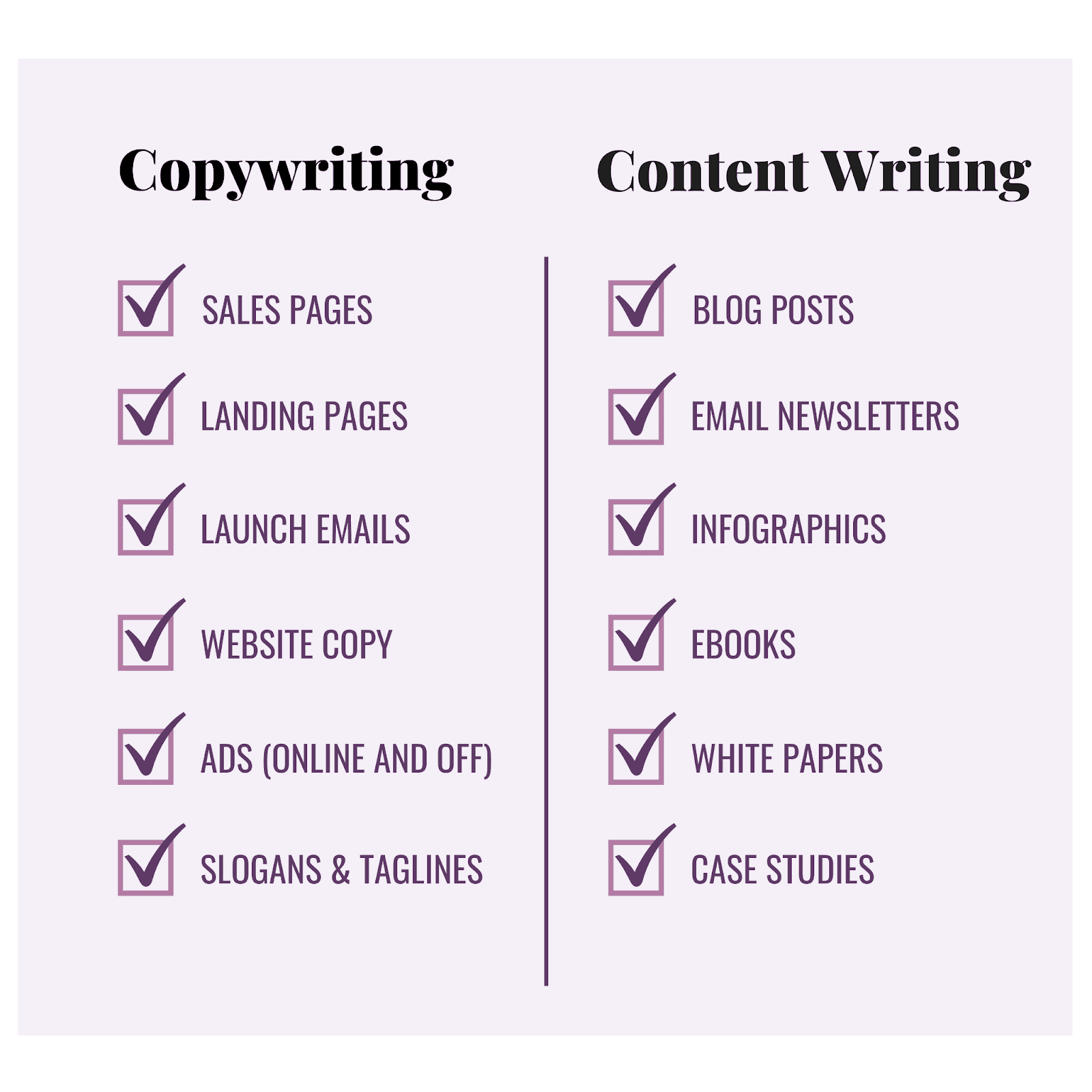Copywriting is a powerful tool that can help businesses connect with their target audience and achieve their marketing goals. Editor's Note: "Beginner's Guide To Copywriting: Crafting Compelling Content For Your Business" Guide has been published today (June 1, 2023) because copywriting is a critical skill for any business that wants to succeed in today's competitive marketplace!
-min.png)
Social Media Success: B2B Lead Generation Case Studies - Source www.b2brocket.ai
After analyzing and gathering information on copywriting, we have created this guide to aid our target audience in understanding Its intricacies and put copywriting to work for their business.
Key Differences or Takeaways:
| Beginner's Guide To Copywriting | Crafting Compelling Content |
|---|---|
| Provides a foundation in copywriting principles | Focuses on creating high-quality, persuasive content |
| Covers essential copywriting techniques | Includes practical tips and best practices |
| Suitable for beginners with little or no copywriting experience | Benefits experienced copywriters looking to improve their skills |
Our Beginner's Guide To Copywriting: Crafting Compelling Content For Your Business covers a wide range of topics, including but not limited to:
- The basics of copywriting
- How to write compelling headlines and body copy
- The importance of storytelling in copywriting
- How to write for different audiences
- The role of copywriting in a marketing campaign
FAQ
Beginner's Guide To Copywriting: Crafting Compelling Content For Your Business has been the go-to resource for entrepreneurs and marketers seeking to harness the power of copywriting. To further enhance understanding, this section addresses frequently asked questions, dispelling common misconceptions and providing clarity on various aspects of copywriting.

Copywriting vs. Content Writing: What is The Difference? - Neil Patel - Source neilpatel.com
Question 1: What sets effective copy apart from ordinary writing?
Effective copywriting captivates readers, propelling them towards a desired action. It achieves this through strategic storytelling, persuasive language, and an understanding of target audience psychology. In contrast, ordinary writing lacks these elements, resulting in content that fails to resonate or inspire action.
Question 2: How can I overcome writer's block when crafting copy?
Overcoming writer's block requires a proactive approach. Conduct thorough research, immersing yourself in the topic. Engage in freewriting exercises to generate ideas. Seek inspiration from successful copywriting examples. Additionally, take breaks and revisit your work later with a fresh perspective.
Question 3: What are the essential elements of a strong call to action?
A compelling call to action incites immediate action. It should be clear, specific, and persuasive. It should direct readers towards a desired outcome, such as making a purchase or signing up for a newsletter. Additionally, it should align with the overall copywriting strategy and target audience.
Question 4: How can I measure the effectiveness of my copywriting efforts?
To gauge the success of copywriting, track key performance indicators (KPIs). This may include website traffic, conversion rates, social media engagement, and sales revenue. By analyzing these metrics, you can determine the impact of your copywriting and make data-driven improvements.
Question 5: Is it necessary to hire a professional copywriter?
While it is possible to write your own copy, hiring a professional copywriter offers several advantages. They possess specialized skills, experience, and an understanding of best practices. They can create compelling content that aligns with your brand voice and business objectives, maximizing the return on your investment.
Question 6: How can I stay up-to-date with the latest copywriting trends?
To remain current with the evolving landscape of copywriting, subscribe to industry blogs, attend workshops and webinars, and read books by renowned copywriters. Engage with other professionals on social media platforms and seek opportunities to collaborate and learn from their experiences.
By addressing these common queries, we hope to empower you with the knowledge and confidence to create compelling copy that drives success for your business.
Transitioning to the next article section...
Tips
To craft compelling copy that converts, adhere to the following best practices and tips.
Tip 1: Define Your Target Audience
Identify your ideal reader by defining their demographics, interests, and pain points. Tailor your copywriting to their specific needs and aspirations.
Tip 2: Craft a Captivating Headline
The headline is the first impression your copy makes. Keep it concise, engaging, and relevant to the target audience. Incorporate keywords to boost search visibility.
Tip 3: Use Clear and Concise Language
Avoid jargon and overly technical terms. Write in a straightforward and accessible manner. Use short sentences, simple words, and active voice to enhance readability and comprehension.
Tip 4: Highlight Benefits, Not Features
Focus on the benefits that your product or service provides rather than dryly listing its features. Emphasize how it can solve the target audience's problems and improve their lives.
Tip 5: Use Storytelling and Emotion
Engage your readers by using stories and anecdotes. Appeal to their emotions and create a personal connection. Storytelling can make your copy more memorable and impactful.
Summary
By implementing these tips, you can create copywriting that resonates with your target audience, drives engagement, and ultimately boosts conversions.
To learn more about the art of copywriting, explore the comprehensive Beginner's Guide to Copywriting: Crafting Compelling Content for Your Business.
Beginner's Guide To Copywriting: Crafting Compelling Content For Your Business
Copywriting, the art of crafting compelling content, is crucial for business success. Here are six essential aspects for beginners:
- Target Audience: Understand the specific group you aim to reach.
- Unique Selling Proposition: Identify what sets your business apart.
- Call To Action: Clearly direct readers to the desired action.
- Value Proposition: Highlight the benefits your product or service offers.
- Persuasive Language: Use compelling words and phrases to persuade readers.
- Headline and Subheadline: Craft attention-grabbing headlines that summarize the key message.

How To Get More B2B Leads For Your Business - Lead Topper - Source leadtopper.com
These aspects are interconnected. Targeting the right audience helps tailor the value proposition and call to action effectively. A strong unique selling proposition supports persuasive language that resonates with the target audience, while a compelling headline and subheadline attract attention and set the stage for the rest of the copy. By mastering these essential elements, beginners can create copywriting that resonates with readers and drives business growth.
Beginner's Guide To Copywriting: Crafting Compelling Content For Your Business
Copywriting is the art of creating written content that persuades readers to take action, whether it's buying a product, signing up for a service, or visiting a website. It's an essential part of any marketing campaign, and it can be used to achieve a variety of goals, from increasing brand awareness to generating leads.

Enhancing your social media Freelance - Hustle-affiliate-experts - Source hustle-affiliate-experts.com
While copywriting can be challenging, it's also a rewarding skill to learn. By following the principles outlined in "Beginner's Guide to Copywriting: Crafting Compelling Content for Your Business," you can create written content that is both effective and engaging.
The book covers all aspects of copywriting, from understanding your audience to writing persuasive headlines and calls to action. It also includes exercises and examples to help you put your learning into practice.
If you're looking to improve your copywriting skills, "Beginner's Guide to Copywriting: Crafting Compelling Content for Your Business" is a valuable resource. It will help you create written content that gets results.
Here is a table summarizing the key points discussed in the book:
| Concept | Importance |
|---|---|
| Audience analysis | Helps you tailor your content to the specific needs and interests of your target audience. |
| Headline writing | Grabs attention and convinces readers to read the rest of your content. |
| Body copywriting | Provides the details and arguments that support your main points. |
| Call to action | Tells readers what you want them to do next, such as buy a product or sign up for a newsletter. |
Conclusion
Copywriting is an essential skill for any business that wants to succeed online. By following the principles outlined in "Beginner's Guide to Copywriting: Crafting Compelling Content for Your Business," you can create written content that is both effective and engaging.
Remember, copywriting is not just about writing words. It's about understanding your audience, persuading them to take action, and achieving your marketing goals.